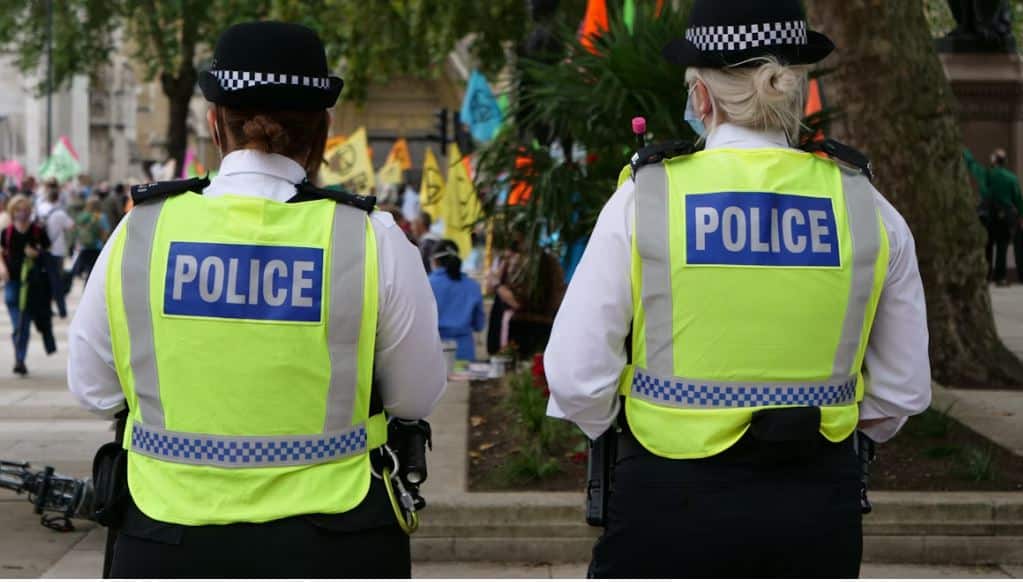In 1829, the first police uniforms were designed. Today, every country, and sometimes even regions within those countries, has its own unique uniform. Yet every now and then, something goes wrong in the design process. Recently, both England and Scotland published investigation reports showing that their police uniforms are falling short in different ways. But what exactly is going on here, and are there similarities between the neighboring countries’ uniforms?
British officers report discomfort, pain, and restricted movement
The problems surrounding British police uniforms made international headlines last year. Both male and female officers complained about the fit, with many saying that the crotch area was far too tight. Since then, the police in England and Wales have asked 20,838 officers to share their views through the National Uniform & Equipment Survey.
The survey did not just focus on fit, but also on functionality, mental and physical consequences, and even sick leave caused by the uniforms. Results showed that 56% of officers described wearing the uniform as a negative experience. Cargo trousers were singled out by 69% of respondents as problematic, restricting movement in particular. In addition, 61% said that body armor was uncomfortable and painful, and 34% felt that the uniform made them look unprofessional. For 62% of men and 85% of women, the uniform has either caused new physical complaints or worsened existing ones.
Scottish officers face the same issues
The Scottish report, Frontline Focus: Tools of the Trade, does not list percentages, but the findings are strikingly similar. Just like their counterparts south of the border, Scottish officers said their trousers fit poorly and lacked stretch. Body armor was also criticized for being uncomfortable, and footwear was highlighted as a factor contributing to an unprofessional appearance.
The complaints became so widespread that it even became common practice for officers to purchase their own uniforms. This was not only due to dissatisfaction with the official kit, but also because specialized officers were issued higher-quality clothing than those on regular street duty. To many, this felt unfair. So they took matters into their own hands.
Why the complaints are so similar
What stands out is that in both cases, officers are dealing with unisex uniform packages. In Scotland, the current uniform was introduced in 2013. In England and Wales, uniforms have gradually shifted toward a unisex fit over the past two decades. Around the year 2000, British officers still had male and female versions of the uniform. But in the name of cost savings, and with the Equality Act 2010 (which prohibits discrimination on the basis of gender) as legal backing, a gender-neutral fit was introduced. The result: discomfort for the men, but especially for the women.
Body armor has been another shared source of frustration. This is not a new issue – police forces around the world have struggled with it. The vests are heavy and restrictive by design, and a gender-neutral fit often ends up compressing the female chest. However, developments in recent years show that it doesn’t have to be this way). Specialized female models now exist, and for both men and women there are lighter, more ergonomic ballistic vests available.
But those trying to save money by forcing all genders into the same box, or uniform, are fighting an uphill battle. As the saying goes, buy cheap and you’ll pay twice.




















